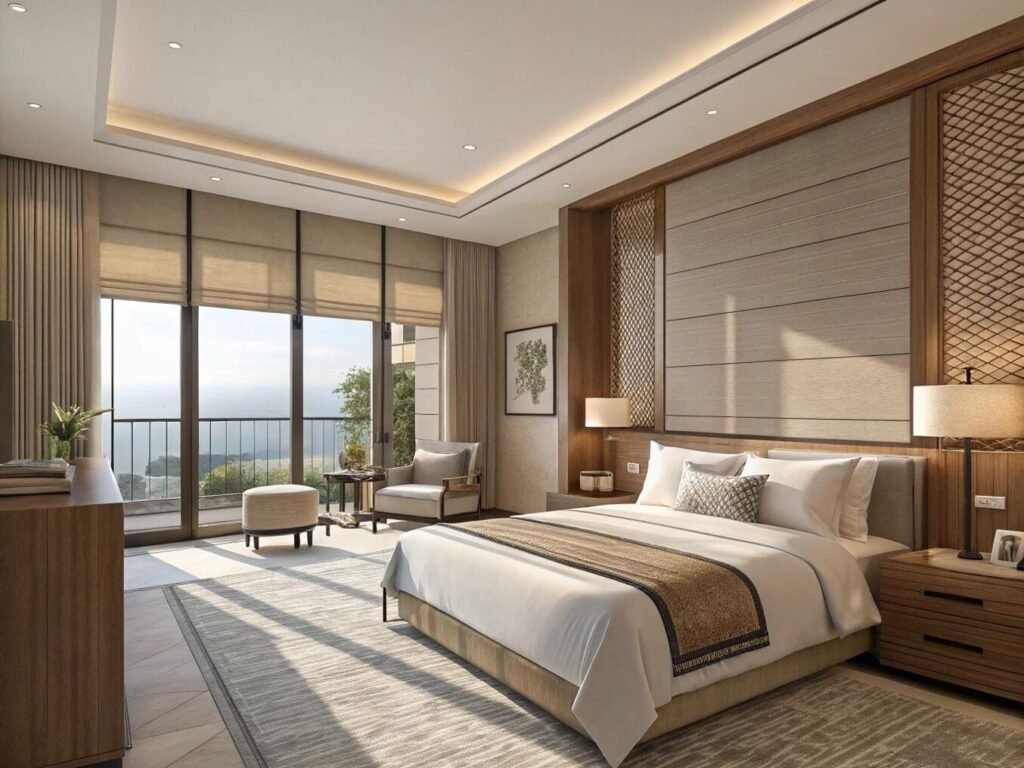After sourcing blinds for both residential and commercial projects, I’ve learned that the distinction between these categories affects everything from pricing to performance expectations.
Commercial-grade blinds feature reinforced hardware, flame-resistant materials, extended warranties, and enhanced durability testing compared to residential versions. The key differences include cycle-testing requirements[^1], safety compliance standards, material specifications, and manufacturing tolerances that enable reliable performance in high-usage professional environments.
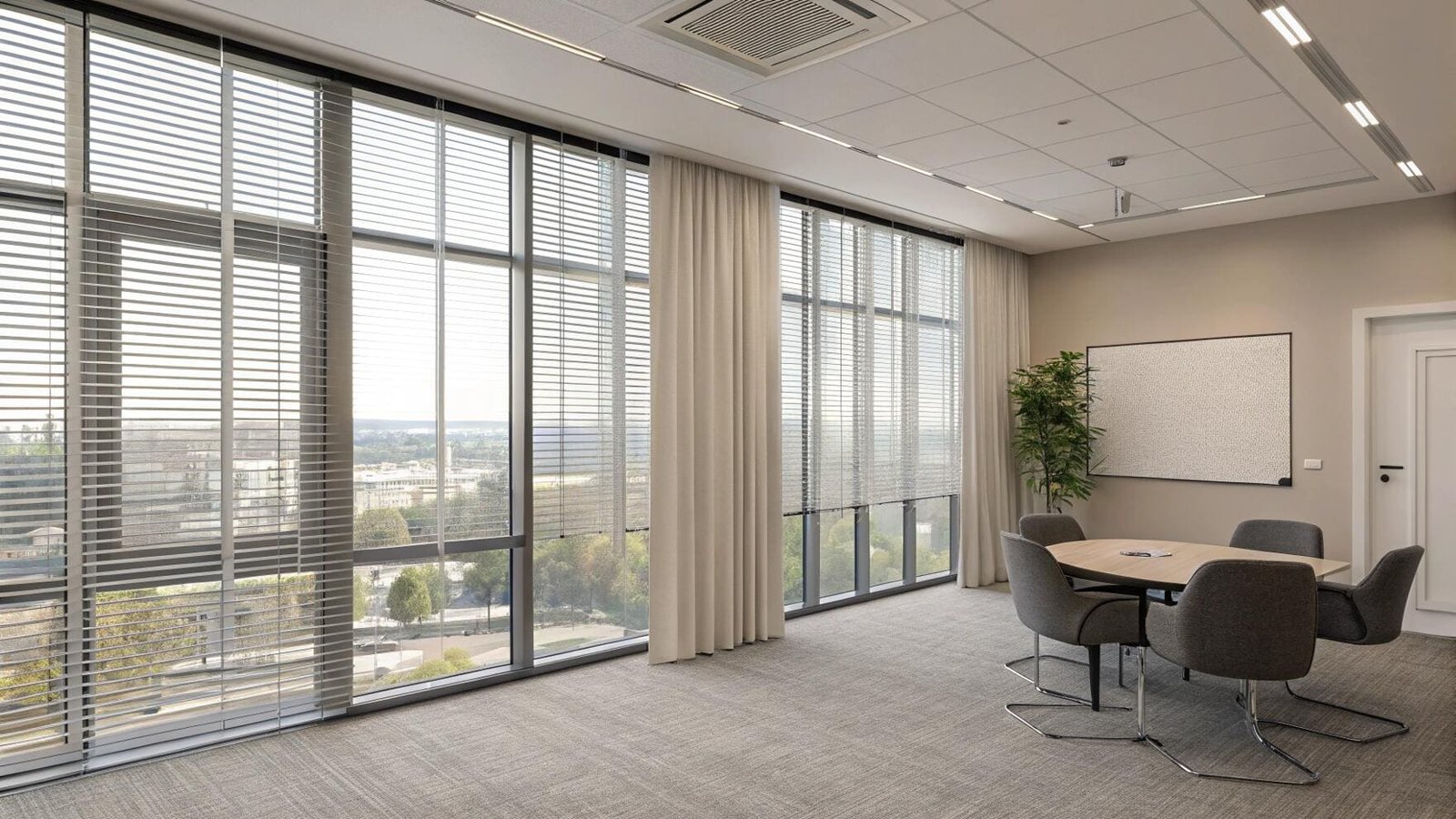
Understanding these distinctions prevents costly specification mistakes and ensures your project receives appropriate products for its intended application. The differences run much deeper than most buyers realize and affect long-term performance significantly.
Do blinds count as window treatments?
Blinds represent a major category within the broader window treatment classification[^2], but understanding the terminology helps clarify product specifications and industry standards.
Blinds are a specific type of window treatment characterized by adjustable slats or vanes that control light and privacy. Window treatments encompass all coverings including blinds, shades, curtains, drapes, and shutters. Commercial specifications often use "window treatments" to include multiple product types within a single project scope.
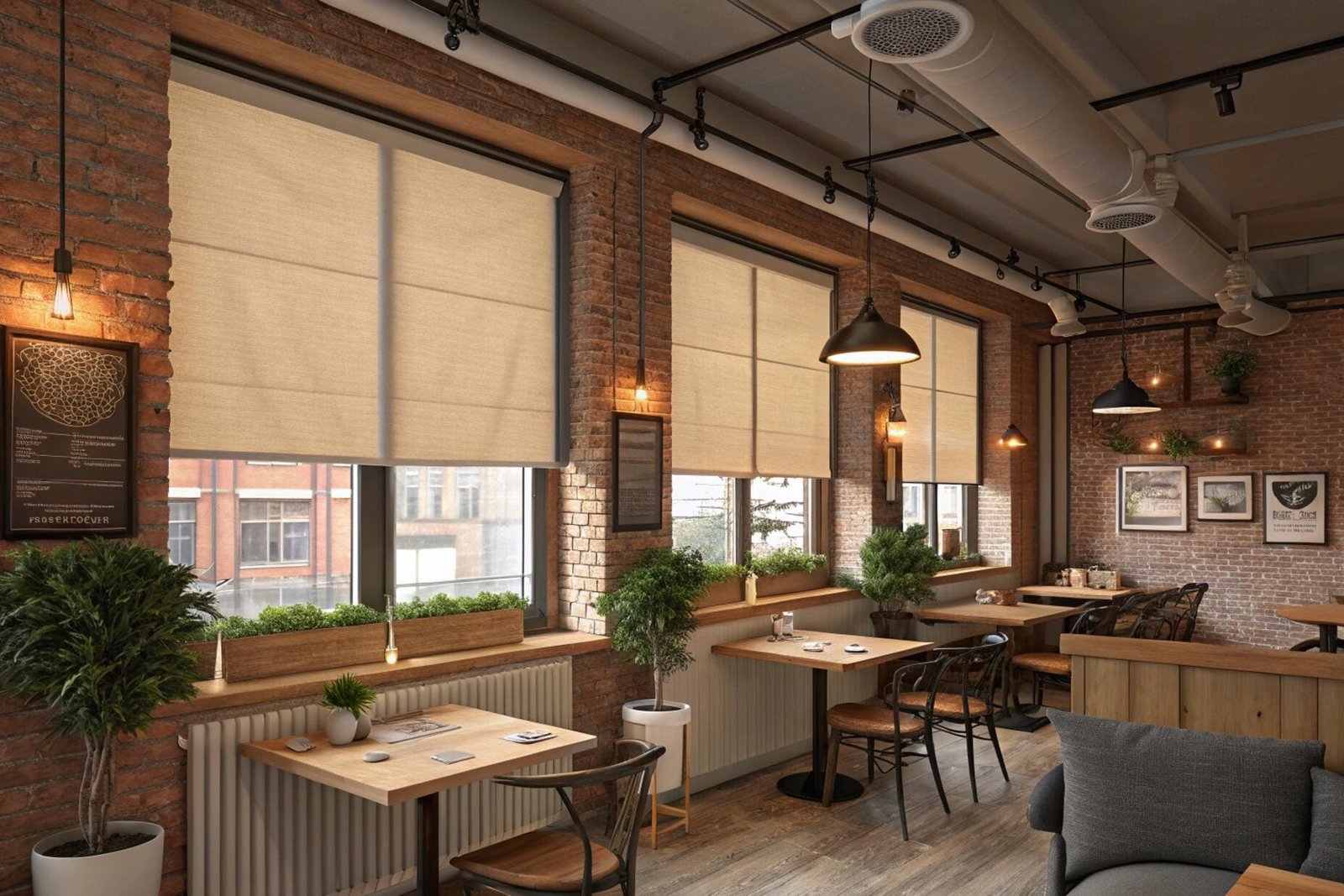
Industry terminology affects procurement processes, building codes, and specification accuracy. Architects and designers use "window treatments" in specifications to encompass various product options, while "blinds" refers specifically to slatted products with tilt control mechanisms. This distinction matters when interpreting project requirements and ensuring compliance with building standards.
Commercial building codes typically regulate "window coverings" or "window treatments" rather than specific product types. Fire safety requirements, accessibility standards, and energy codes[^3] apply to all window treatment categories, making the broader classification relevant for compliance purposes. Understanding these regulatory frameworks helps ensure proper product selection regardless of specific blind type chosen.
Window Treatment Classification:
| Category | Product Types | Key Characteristics | Commercial Applications |
|---|---|---|---|
| Blinds | Venetian, vertical, mini | Adjustable slats/vanes | Offices, schools, healthcare |
| Shades | Roller, cellular, roman | Fabric panels, various opacity | Conference rooms, residential-style spaces |
| Curtains/Drapes | Pleated, panel systems | Fabric panels, decorative | Hotels, restaurants, executive areas |
| Shutters | Interior, plantation | Fixed or movable louvers | High-end commercial, residential |
Specification language in commercial projects often combines multiple window treatment types within single projects. A corporate office might specify venetian blinds for workstations, roller shades for conference rooms, and curtains for executive areas. Using precise terminology prevents confusion during bidding and ensures appropriate product selection for each application area.
Insurance and maintenance considerations may treat different window treatment categories differently. Some facility management contracts specify maintenance requirements for "blinds" separately from other window treatments due to their mechanical nature and adjustment requirements. Understanding these distinctions helps in planning comprehensive facility maintenance programs.
What is the difference between cheap and expensive blinds?
Price differences in blinds reflect fundamental variations in materials, manufacturing quality, hardware durability, and performance capabilities that affect long-term value significantly.
Expensive blinds typically feature aluminum or steel hardware components, precision manufacturing tolerances, UV-resistant materials, and cycle-tested mechanisms compared to cheap blinds using plastic hardware, loose tolerances, and untested durability. The price difference often ranges from 300-500% but can deliver 2-3 times longer service life with superior performance.
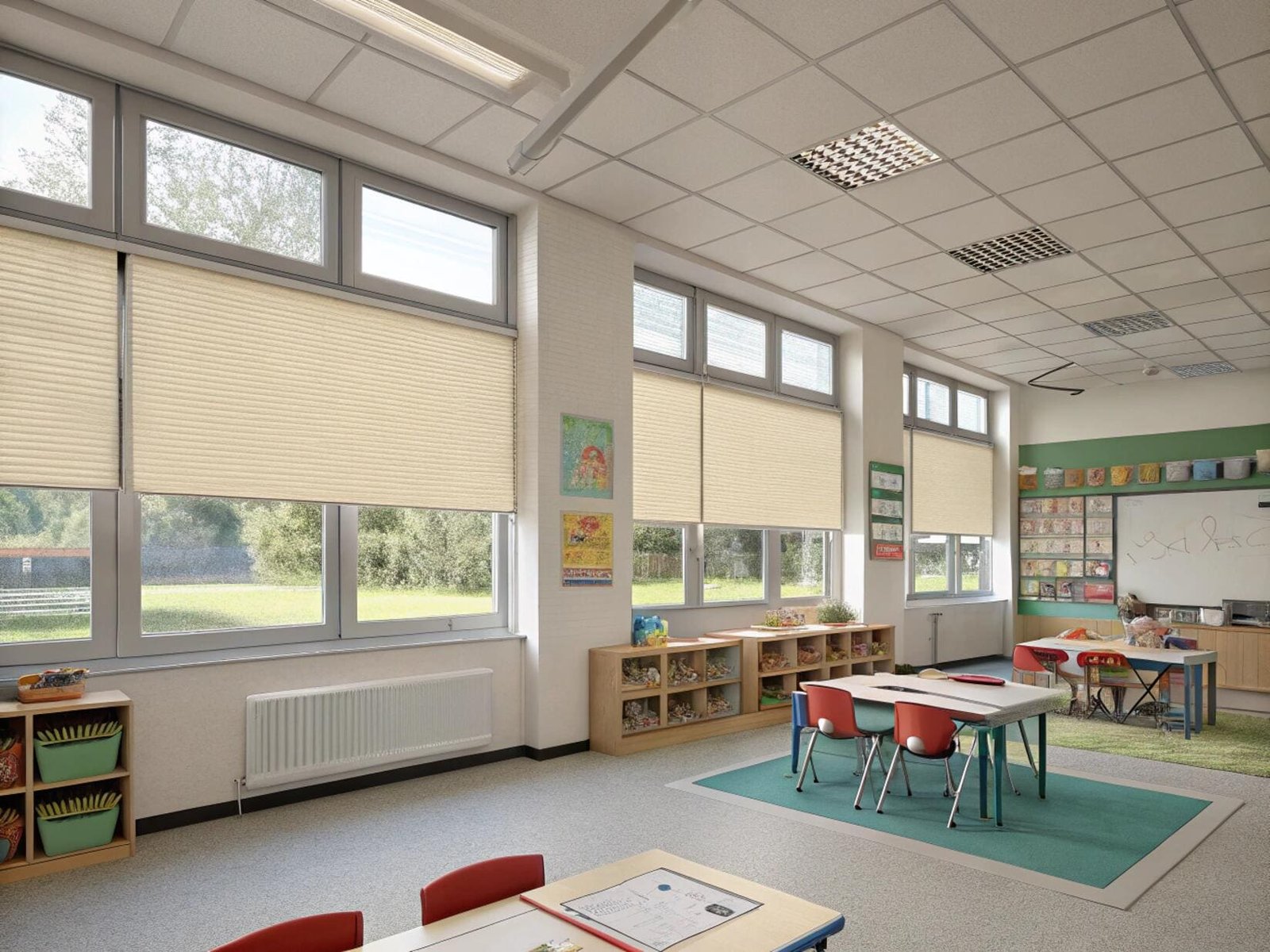
Material quality creates the foundation for performance differences between price categories. Premium blinds use extruded aluminum slats with consistent thickness, corrosion-resistant finishes, and UV-stable coatings. Budget blinds often use thin aluminum or plastic slats with basic finishes that may fade, chip, or deform under normal use conditions.
Hardware engineering represents the most significant differentiator between price segments. Expensive blinds feature precision-machined components, sealed bearings, and materials selected for specific stress loads. Cheap blinds rely on basic hardware that may use plastic components in high-stress applications, leading to premature failure and poor performance over time.
Quality Comparison Analysis:
| Component | Budget Blinds | Premium Blinds | Performance Impact |
|---|---|---|---|
| Slat Material | Thin aluminum/plastic | Extruded aluminum/steel | Durability, appearance retention |
| Tilt Mechanism | Basic plastic gears | Precision metal components | Operation smoothness, longevity |
| Lift System | Standard cord/chain | Reinforced systems | Weight capacity, reliability |
| Mounting Hardware | Basic brackets | Engineered mounting | Installation security, adjustment |
| Finish Quality | Basic paint/coating | Multi-layer protective finish | UV resistance, scratch resistance |
Manufacturing precision affects both immediate performance and long-term reliability. Premium blinds undergo dimensional quality control, functional testing, and finish inspection that ensures consistent performance. Budget manufacturing may skip these quality steps, resulting in products that function initially but develop problems quickly under regular use.
Cycle testing reveals durability differences that aren’t apparent during initial evaluation. Premium blinds undergo thousands of operation cycles to verify mechanism durability and identify potential failure modes. Budget blinds often lack this testing, making their real-world performance unpredictable and potentially problematic in commercial applications requiring reliable daily operation.
Are commercial blinds considered a capital investment?
Commercial blinds typically qualify as capital investments[^4] due to their expected service life, improvement to building functionality, and accounting treatment under business asset classifications.
Commercial blinds usually qualify as capital investments when they exceed $500-2,500 per item threshold, improve building functionality, and have expected service lives exceeding one year. Most commercial blind installations meet these criteria and can be depreciated over 5-7 years, making them eligible for various tax advantages and capital budgeting considerations.
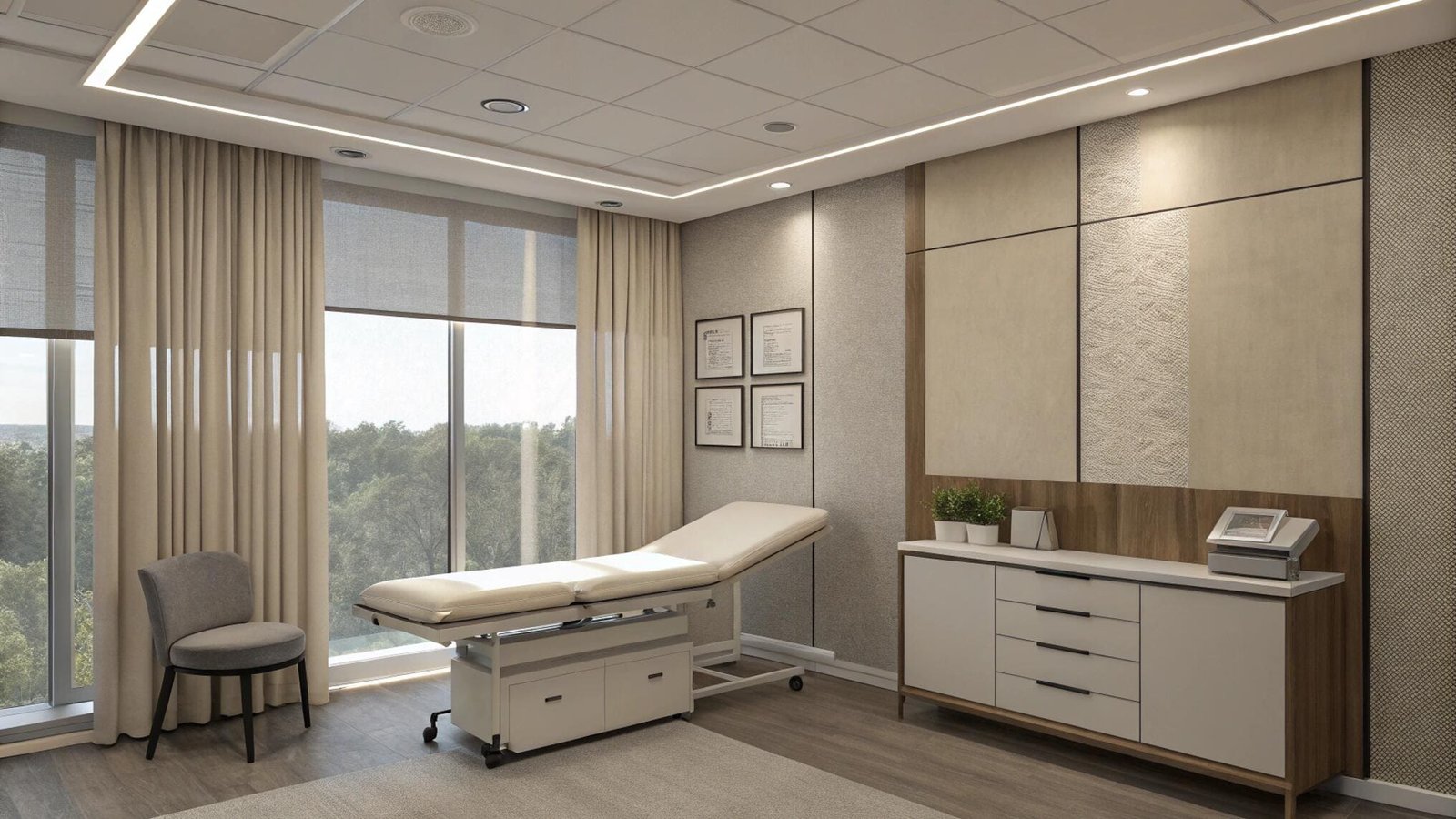
Accounting standards generally classify commercial blinds as building improvements or furniture/fixtures depending on installation method and integration level. Permanently installed systems that improve building functionality typically qualify as leasehold improvements or building assets, while moveable installations may be classified as equipment or furnishings with different depreciation schedules.
Tax implications of capital treatment provide financial advantages through depreciation deductions[^5] and potential bonus depreciation eligibility. The Tax Cuts and Jobs Act provisions allow businesses to deduct capital investments immediately in many cases, making commercial blind purchases more attractive from cash flow and tax planning perspectives.
Capital Investment Classification Factors:
| Factor | Threshold/Criteria | Impact on Classification |
|---|---|---|
| Individual Cost | $500-2,500+ depending on company policy | Above threshold = capital |
| Expected Life | >1 year | Longer life favors capital treatment |
| Building Integration | Permanent installation | Integration increases capital likelihood |
| Functionality Improvement | Energy efficiency, security, aesthetics | Improvements support capital classification |
| Replacement vs Addition | New installation vs repair | New installations typically capital |
Budgeting processes in most organizations treat capital investments differently from operational expenses, requiring separate approval processes and planning cycles. Commercial blind projects often need capital budget allocation, multi-year planning, and different procurement procedures compared to maintenance or supply purchases.
ROI analysis[^6] becomes relevant for capital investments, requiring justification through energy savings, productivity improvements, or property value enhancement. Commercial blinds can provide measurable returns through reduced HVAC costs, improved occupant comfort, and enhanced building marketability that support capital investment decisions.
What makes blinds commercial-grade vs residential-grade?
Commercial-grade blinds incorporate enhanced materials, reinforced construction, extensive testing, and safety features that enable reliable performance in demanding professional environments.
Commercial-grade blinds feature cycle-tested mechanisms rated for 10,000+ operations annually, flame-resistant materials meeting NFPA standards, reinforced mounting systems supporting higher weights, and extended warranties covering intensive use. Residential blinds typically lack these specifications and may fail quickly in commercial applications.
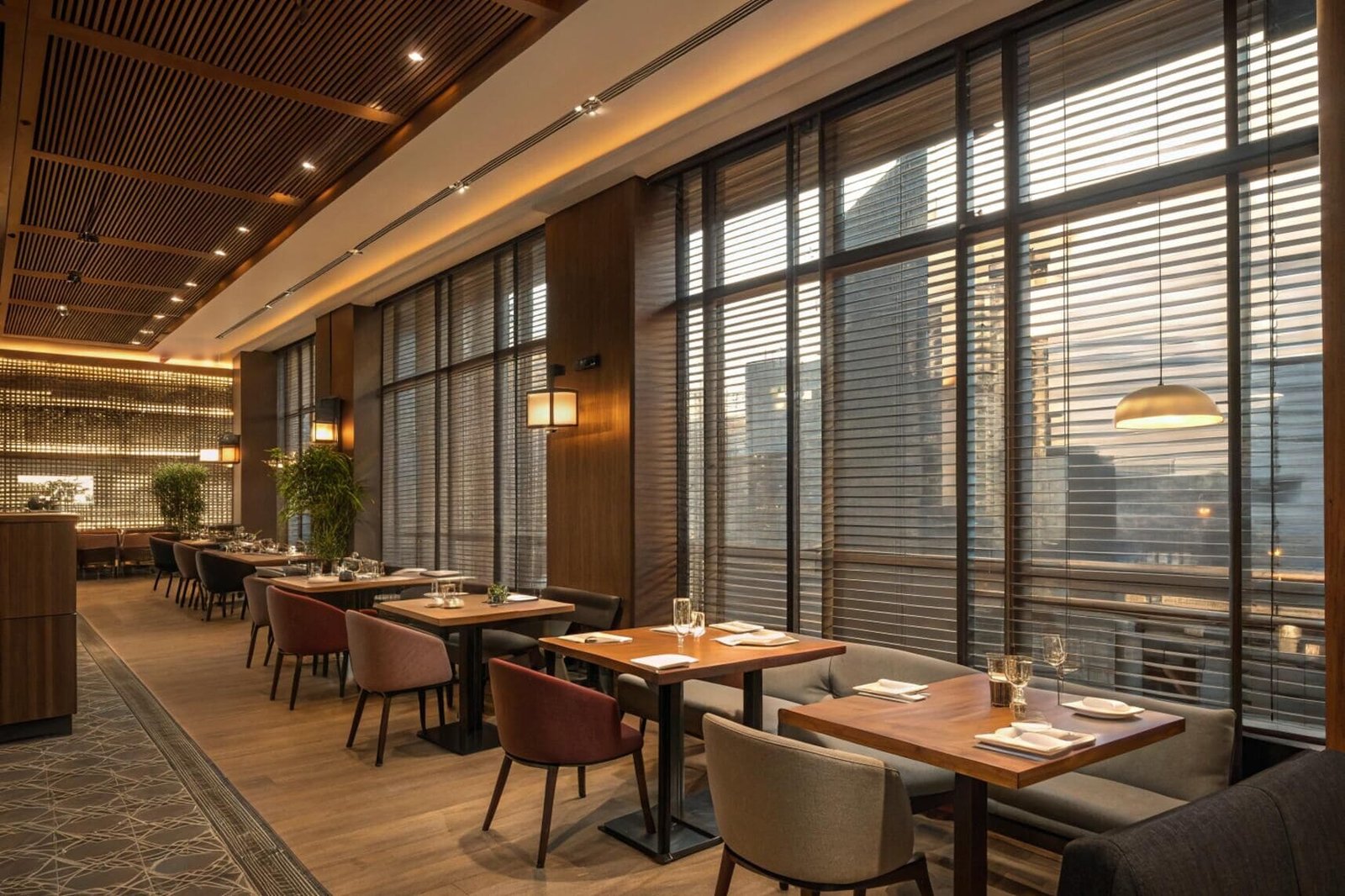
Cycle testing requirements distinguish commercial products through quantified durability standards that residential blinds don’t typically meet. Commercial blinds undergo thousands of operation cycles under controlled conditions to verify mechanism longevity and identify potential failure points. This testing ensures reliable performance under intensive daily use that characterizes most commercial environments.
Material specifications for commercial blinds include flame resistance, UV stability, and mechanical strength requirements that exceed residential standards. Commercial applications often mandate fire-retardant treatments, specific opacity levels, and environmental resistance capabilities that residential products may not possess or need to meet.
Commercial vs Residential Specification Comparison:
| Specification Area | Residential Grade | Commercial Grade | Performance Difference |
|---|---|---|---|
| Cycle Testing | 1,000-5,000 cycles | 10,000-25,000 cycles | 5-10x durability |
| Fire Resistance | Optional | NFPA 701 required | Safety compliance |
| Hardware Load Rating | 15-25 lbs | 40-100+ lbs | Heavy-duty capability |
| Mounting Systems | Standard brackets | Reinforced, adjustable | Installation flexibility |
| Warranty Coverage | 1-3 years limited | 3-10 years comprehensive | Long-term protection |
| UV Resistance | Basic | Enhanced coatings | Appearance retention |
Safety requirements create additional specifications for commercial blinds including cordless operation, breakaway features, and tamper-resistant hardware. These safety features prevent accidents in public spaces while maintaining functionality and aesthetics required for professional environments.
Manufacturing quality control for commercial blinds typically includes batch testing, dimensional verification, and performance validation that ensures consistent product quality. Residential blinds may rely on statistical sampling or less rigorous quality processes that accept higher variation in finished products.
What are the durability differences between commercial and residential blinds?
Durability differences between commercial and residential blinds stem from material specifications, manufacturing standards, and testing requirements that prepare products for different use intensities.
Commercial blinds typically last 10-15 years under intensive daily use while residential blinds may fail within 3-5 years in similar conditions. The durability advantage comes from reinforced mechanisms, premium materials, environmental resistance treatments, and cycle testing that validates performance under demanding conditions.
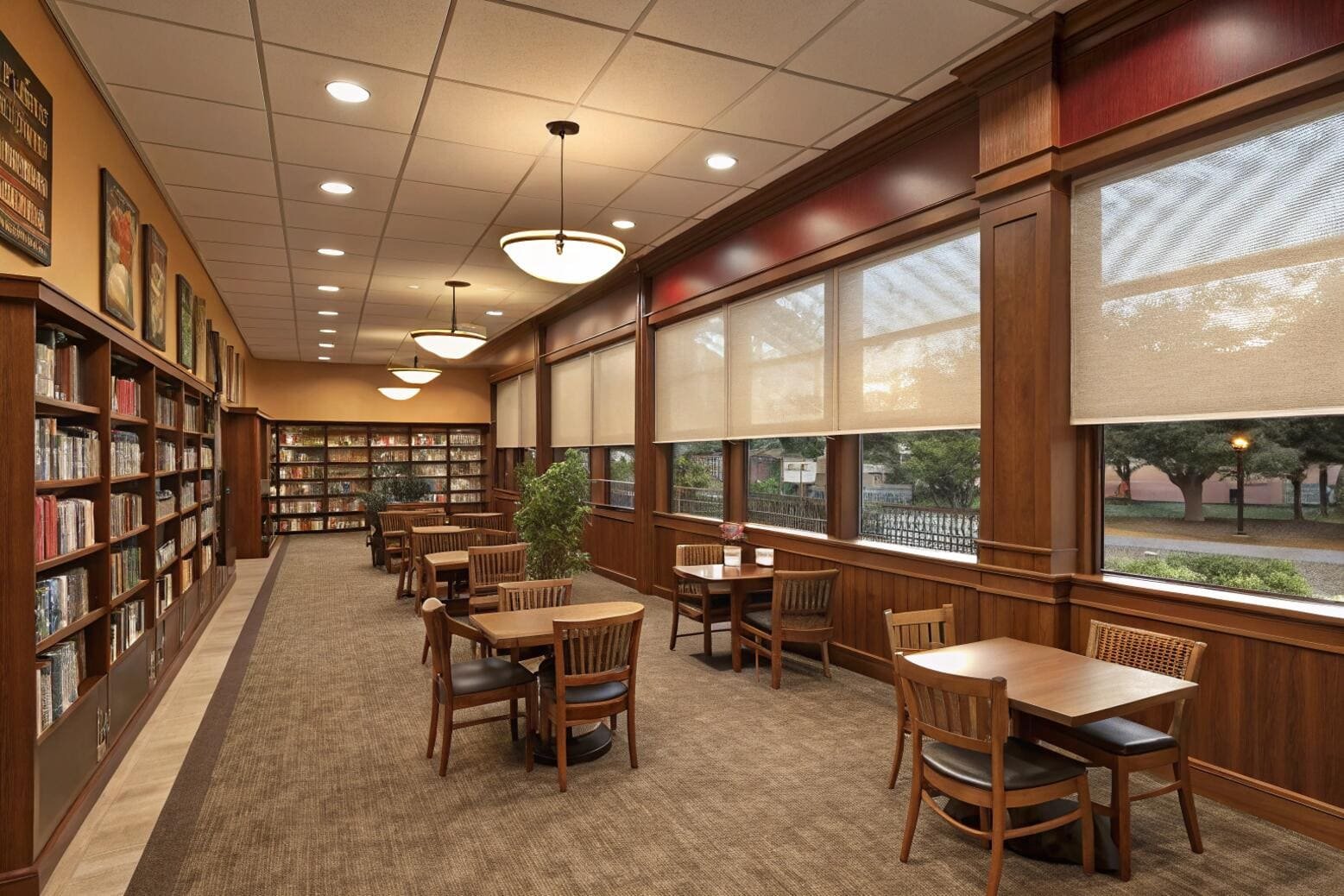
Mechanical component durability creates the most significant performance difference between commercial and residential blinds. Commercial products use precision-engineered mechanisms with sealed bearings, corrosion-resistant materials, and stress-tested designs that maintain smooth operation through thousands of cycles. Residential mechanisms may use basic components that develop play, binding, or failure under intensive use.
Environmental resistance capabilities distinguish commercial blinds through enhanced UV protection, moisture resistance, and temperature stability. Commercial environments often expose blinds to challenging conditions including direct sunlight, humidity variations, and temperature extremes that can degrade residential-grade materials quickly.
Durability Performance Metrics:
| Durability Factor | Residential Blinds | Commercial Blinds | Improvement Factor |
|---|---|---|---|
| Operation Cycles | 1,000-5,000 | 10,000-25,000 | 5-10x |
| UV Resistance | 3-5 years | 10-15 years | 3-5x |
| Hardware Life | 3-7 years | 10-20 years | 3-4x |
| Fabric/Material | 5-10 years | 10-15 years | 2-3x |
| Overall Lifespan | 5-8 years residential use | 10-15 years commercial use | 2-3x |
Material fatigue resistance enables commercial blinds to maintain performance characteristics throughout their service life. Slat materials resist permanent deformation, color retention remains stable, and mechanical tolerance remain within specification longer than residential alternatives. This consistent performance prevents the gradual degradation that affects residential blinds over time.
Load-bearing capacity differences allow commercial blinds to handle larger sizes, heavier fabrics, and more demanding installation conditions. Commercial mounting systems distribute loads effectively and maintain adjustment capabilities under stress that might cause residential systems to sag, bind, or fail.
What safety standards do commercial blinds need to meet?
Commercial blind safety standards encompass fire resistance, cord safety, accessibility compliance, and structural requirements that protect building occupants and ensure regulatory compliance.
Commercial blinds must typically meet NFPA 701 fire resistance standards, CPSC cord safety requirements, ADA accessibility guidelines, and local building code specifications. Healthcare and educational facilities face additional requirements including tamper resistance, infection control compatibility, and specialized safety features for vulnerable populations.
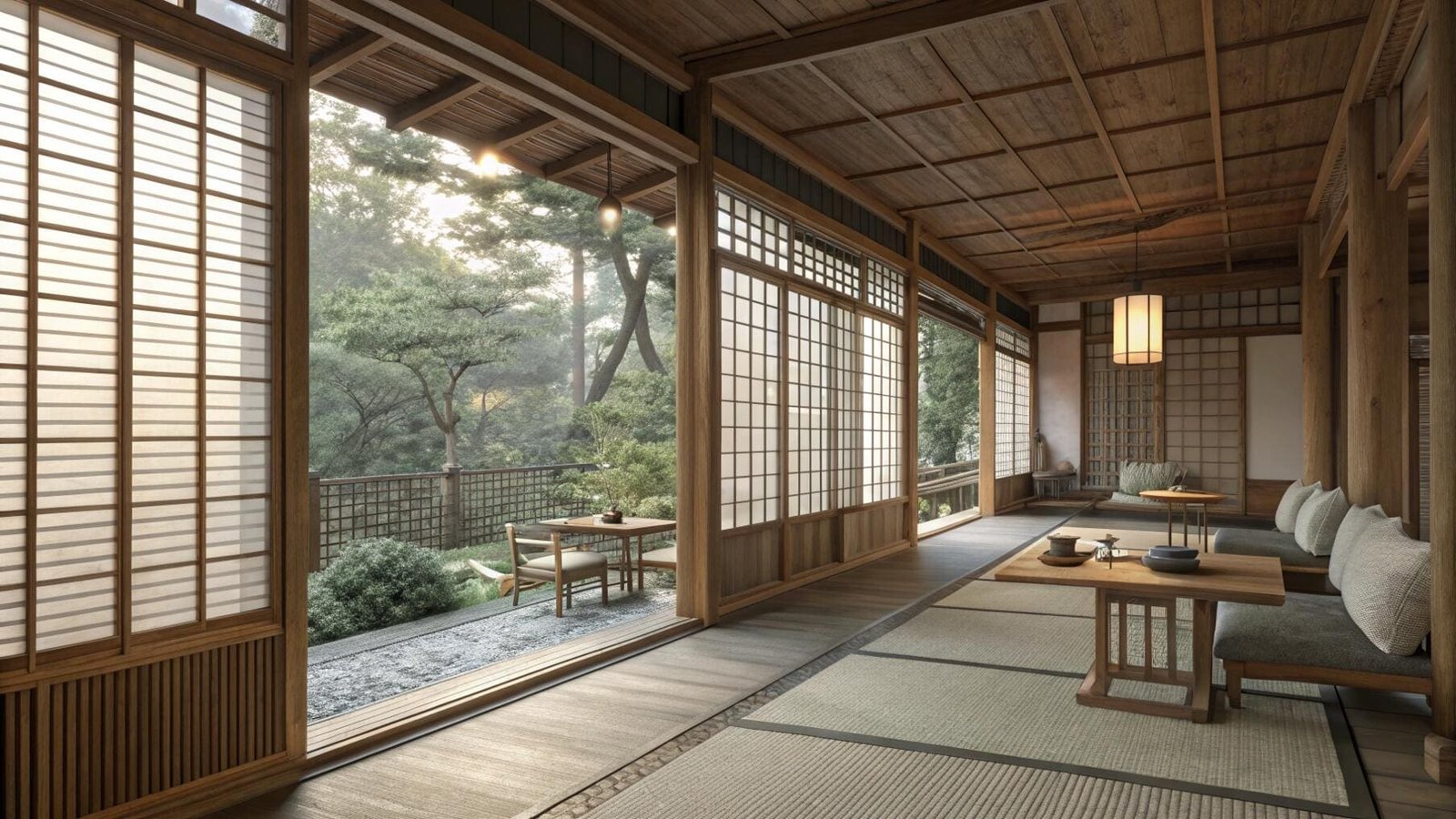
Fire safety requirements represent the most universal commercial blind standard, with NFPA 701 flame resistance testing required in most commercial applications. This standard measures ignition resistance, flame spread rates, and smoke production to ensure blinds don’t contribute to fire hazards. Compliance requires testing by accredited laboratories and proper documentation for building inspections.
Cord safety regulations under CPSC guidelines mandate specific design features including cord stops, tension devices, and cordless operation options. Commercial environments with public access face stricter requirements due to liability concerns and the presence of children or vulnerable individuals who might be at risk from traditional cord systems.
Commercial Safety Standard Requirements:
| Safety Category | Applicable Standards | Key Requirements | Enforcement Authority |
|---|---|---|---|
| Fire Resistance | NFPA 701, Local codes | Flame spread limits, smoke production | Fire marshals, code officials |
| Cord Safety | CPSC 16 CFR 1207 | Cord length, stops, warnings | Consumer safety agencies |
| Accessibility | ADA, local accessibility codes | Operation force, reach requirements | Civil rights enforcement |
| Structural | Building codes, wind load standards | Load capacity, mounting requirements | Building officials |
Accessibility compliance requires commercial blinds to meet ADA guidelines for operation force, reach distances, and control accessibility. These requirements ensure individuals with disabilities can operate blinds independently while maintaining safety and functionality for all building occupants.
Specialized environments like healthcare facilities face additional safety requirements including infection control compatibility, tamper resistance, and ligature prevention features. These requirements may mandate specific materials, eliminate potential anchor points, and require enhanced cleaning compatibility that exceeds standard commercial specifications.
How do commercial blinds handle high-traffic environments?
Commercial blinds designed for high-traffic environments incorporate reinforced mechanisms, durable materials, and maintenance-friendly features that enable reliable performance despite intensive use and exposure.
High-traffic commercial blinds feature reinforced mounting systems rated for frequent adjustment, precision mechanisms tested for 25,000+ operation cycles, tamper-resistant hardware, and materials selected for soil resistance and easy maintenance. These specifications enable reliable daily operation in demanding environments like schools, hospitals, and office buildings.
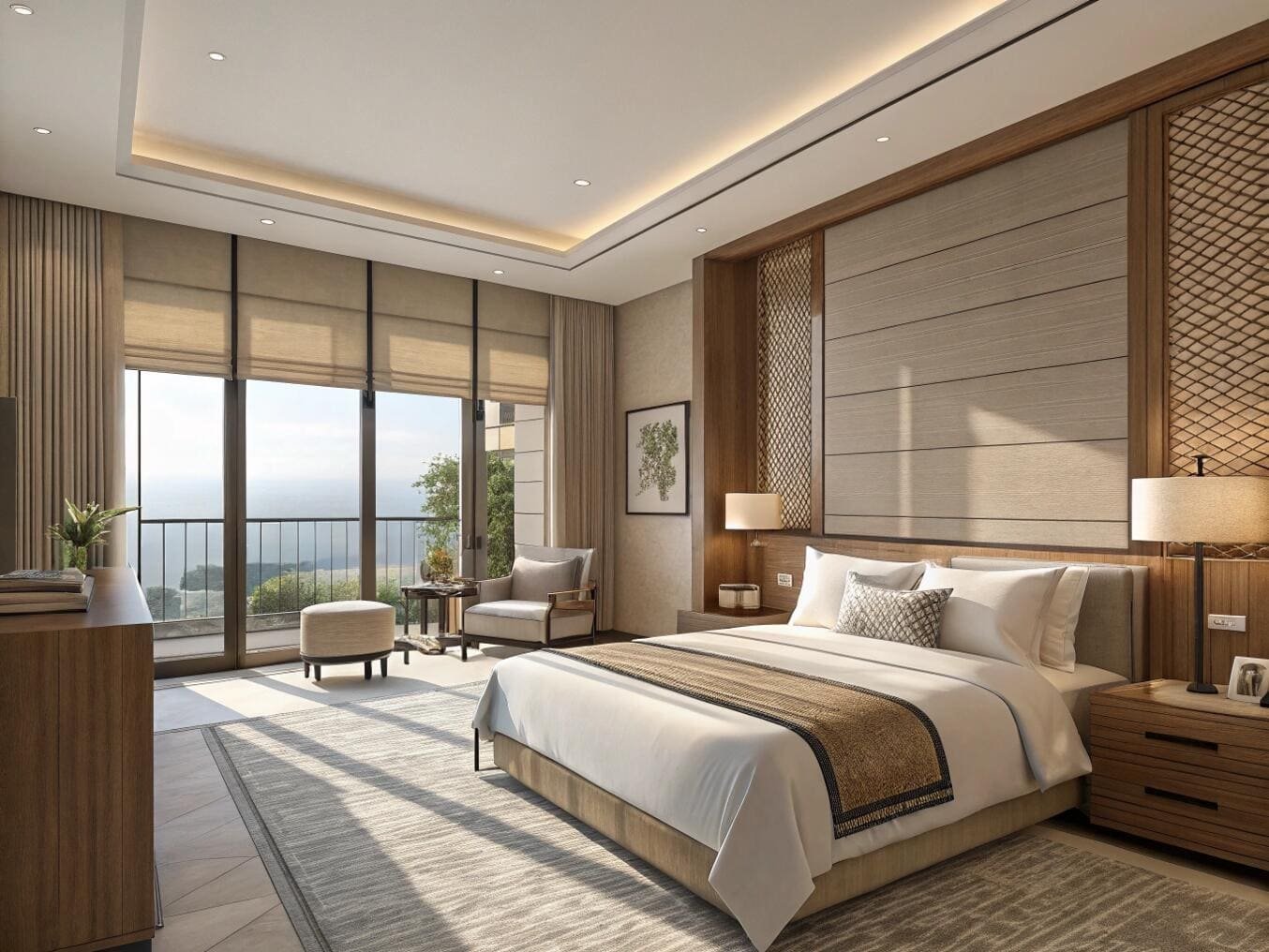
Mechanism reinforcement becomes critical in high-traffic applications where blinds experience frequent adjustment by multiple users with varying operation techniques. Commercial mechanisms use sealed bearings, precision guides, and materials selected for wear resistance that maintain smooth operation despite intensive use. Residential mechanisms typically fail quickly when subjected to commercial traffic levels.
Material selection for high-traffic blinds emphasizes soil resistance, easy cleaning, and damage resistance that maintains appearance despite heavy use. Fabrics receive stain-resistant treatments, slat materials resist fingerprints and scratches, and hardware finishes withstand frequent contact without showing wear or degradation.
High-Traffic Performance Features:
| Feature Category | Standard Commercial | High-Traffic Commercial | Benefit |
|---|---|---|---|
| Operation Cycles | 10,000 rated | 25,000+ rated | Extended reliability |
| Material Treatment | Basic protective | Enhanced soil/stain resistance | Appearance retention |
| Hardware Strength | Standard duty | Heavy-duty reinforced | Damage resistance |
| Mounting Systems | Adjustable | Heavy-duty, tamper-resistant | Security, stability |
| Maintenance Access | Standard | Enhanced accessibility | Service efficiency |
Tamper resistance features protect commercial blinds from damage in environments where unauthorized adjustment or vandalism might occur. These features include concealed hardware, reinforced components, and security-oriented designs that maintain functionality while preventing damage from misuse or intentional harm.
Installation methods for high-traffic blinds often include reinforced mounting points, secure anchoring systems, and accessibility considerations that enable reliable performance while preventing damage from heavy use or misuse.
High-Traffic Installation Specifications:
| Installation Aspect | Standard Installation | High-Traffic Installation | Purpose |
|---|---|---|---|
| Mounting Points | 2-3 per blind | 4-6 per blind | Load distribution |
| Anchor Type | Standard wall anchors | Heavy-duty mechanical fasteners | Security, stability |
| Clearance Requirements | Standard | Enhanced for maintenance access | Service efficiency |
| Security Features | Basic | Tamper-resistant hardware | Vandalism prevention |
Maintenance accessibility becomes crucial in high-traffic environments where blinds require more frequent service and cleaning. Commercial installations often include features like removable mounting covers, accessible adjustment points, and modular designs that enable efficient service without disrupting building operations.
What warranty differences exist between commercial and residential window treatments?
Warranty coverage for commercial and residential blinds reflects the different performance expectations, usage intensities, and liability considerations inherent in each market segment.
Commercial blind warranties typically provide 3-10 years coverage with specific performance guarantees, while residential warranties range from 1-3 years with limited coverage. Commercial warranties often include mechanism functionality, material durability, and installation defects, while residential coverage may exclude normal wear and commercial use applications.
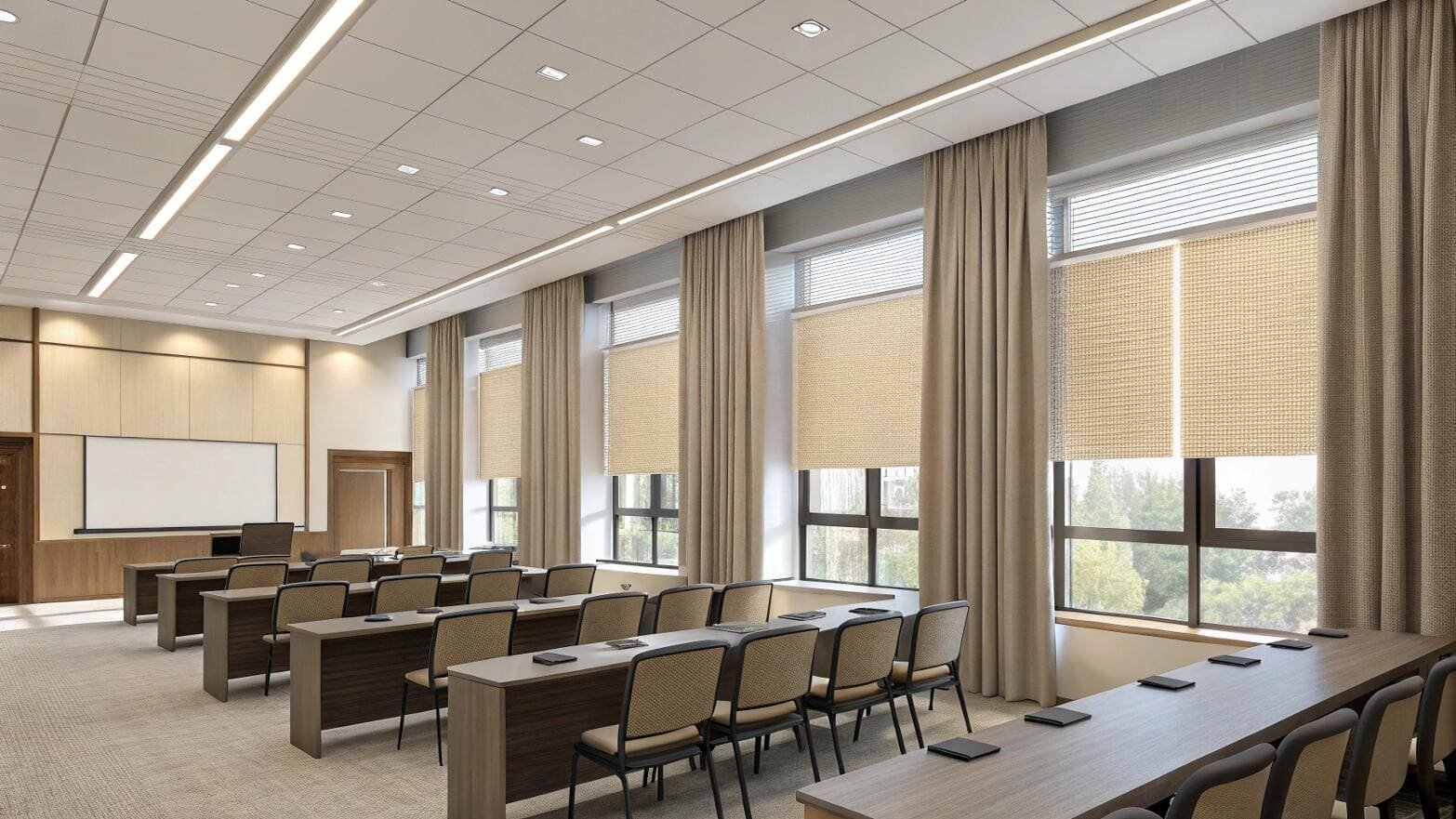
Coverage scope differs significantly between commercial and residential warranties due to usage expectations and liability exposure. Commercial warranties typically guarantee mechanism operation, material performance, and structural integrity under specified use conditions. Residential warranties may provide basic defect coverage but exclude intensive use scenarios that characterize commercial applications.
Performance guarantees in commercial warranties often include specific metrics like cycle counts, load capacities, and environmental resistance standards. These quantified guarantees provide measurable protection that enables warranty claims based on objective performance criteria rather than subjective assessments of normal wear.
Warranty Comparison Analysis:
| Warranty Aspect | Residential Coverage | Commercial Coverage | Key Differences |
|---|---|---|---|
| Duration | 1-3 years | 3-10 years | Extended commercial protection |
| Mechanism | Basic defects only | Performance guarantees | Quantified commercial standards |
| Materials | Manufacturing defects | Durability standards | Enhanced commercial requirements |
| Installation | Limited coverage | Comprehensive coverage | Professional installation protection |
| Use Limitations | Normal residential use | Intensive commercial use | Appropriate application matching |
Labor coverage represents another significant warranty difference, with commercial agreements often including installation adjustment, repair services, and replacement labor. Residential warranties may provide parts replacement but exclude labor costs, creating additional expenses for warranty service.
Warranty administration for commercial projects typically involves dedicated commercial service departments with expedited response times, replacement part availability, and coordination with facility management requirements. Residential warranty service may use general customer service channels with longer response times and limited service scheduling flexibility.
Conclusion
Commercial-grade blinds justify their higher costs through enhanced durability, safety compliance, and performance capabilities that residential blinds cannot match in demanding applications.
Specify the Right Grade for Your Project
Don’t compromise your project’s success with inadequate blind specifications. Our commercial-grade window treatments deliver the durability, safety compliance, and performance reliability that professional environments demand.
We understand the critical differences between residential and commercial applications and can guide your specification decisions to ensure optimal performance and compliance. Our products meet all major commercial standards while providing the aesthetic flexibility your project requires.
Get your commercial-grade specification and professional consultation: **info@velablinds.com
Extended FAQ Section
How much more do commercial-grade blinds cost compared to residential options?
Commercial-grade blinds typically cost 200-400% more than residential alternatives due to enhanced materials, reinforced construction, and compliance testing requirements. A residential blind costing $50 might have a commercial equivalent priced at $150-250, but the commercial version provides significantly longer service life and better performance under intensive use.
The price premium reflects fundamental differences in manufacturing quality, material specifications, and testing requirements that ensure reliable commercial performance. Commercial blinds undergo cycle testing, flame resistance testing, and quality control procedures that residential products typically don’t receive, adding to manufacturing costs but delivering superior long-term value.
Total cost of ownership analysis often shows commercial blinds providing better value despite higher initial costs. The extended service life, reduced maintenance requirements, and warranty protection of commercial products can offset their higher purchase prices over 5-10 year periods. Commercial environments where blind failure creates operational disruption or replacement costs particularly benefit from the reliability premium that commercial-grade products provide.
Can residential blinds be used in light commercial applications?
Residential blinds may function in very light commercial applications but typically fail prematurely and may not meet building code requirements for commercial installations. The distinction depends on usage intensity, safety requirements, and regulatory compliance rather than just building type.
Light commercial applications like small offices with minimal traffic might accommodate high-quality residential blinds for cost savings, but buyers should expect shorter service life and potential compliance issues. Building codes, fire safety requirements, and accessibility standards often mandate commercial-grade products regardless of usage intensity, making residential alternatives inappropriate even in light-use scenarios.
The risk of premature failure, warranty voidance, and potential code violations typically outweighs any cost savings from using residential products in commercial applications. Professional spaces also require the consistent appearance and reliable operation that commercial-grade products provide, making residential alternatives inappropriate from both functional and aesthetic perspectives. Insurance requirements and liability considerations may also mandate commercial-grade products regardless of actual usage levels.
What testing standards distinguish commercial blinds from residential products?
Commercial blinds undergo comprehensive testing including cycle testing for mechanism durability, flame resistance testing for fire safety compliance, and load testing for structural performance. Residential blinds typically receive basic functional testing but lack the extensive validation required for commercial applications.
Cycle testing represents the most significant difference, with commercial blinds tested for 10,000-25,000 operation cycles compared to 1,000-5,000 cycles for residential products. This testing validates mechanism durability under intensive daily use and identifies potential failure modes before products reach the market. The testing standards ensure commercial blinds maintain performance throughout their specified service life.
Fire resistance testing under standards like NFPA 701 is mandatory for most commercial blinds but optional for residential products. This testing measures ignition resistance, flame spread rates, and smoke production to ensure blinds don’t contribute to fire hazards in commercial buildings. Load testing verifies that commercial blinds can support their specified weight capacities and mounting requirements under stress conditions that might occur during installation or operation. These comprehensive testing requirements create the performance reliability that distinguishes commercial-grade products from residential alternatives.
---
[^1]: Understand the importance of cycle-testing in determining the durability and reliability of blinds in high-usage areas.
[^2]: Gain insights into the classification of window treatments and how it impacts product selection.
[^3]: Learn about the energy codes that influence the selection and installation of window treatments.
[^4]: Find out why commercial blinds are classified as capital investments and their financial implications.
[^5]: Understand how depreciation deductions can benefit businesses investing in commercial blinds.
[^6]: Explore how ROI analysis can justify investments in commercial blinds through cost savings.Partner with VelaBlinds for Your Next Project
Smart window treatments shouldn’t be complicated. After working with 500+ distributors and contractors worldwide, I’ve streamlined the process to get you quality products, competitive pricing, and reliable support – every time.
Why project professionals choose VelaBlinds:
- ✅ Fast, Accurate Quotes – Detailed specs and pricing within 24 hours
- ✅ Transparent Pricing – No hidden fees, volume discounts clearly outlined
- ✅ Quality Assurance – Direct partnerships with certified OEM manufacturers
- ✅ Project Support – Dedicated account manager from quote to delivery
Start your next project:
📧 Quick Quote: Send your requirements to info@velablinds.com
📱 Direct Contact: WhatsApp +86 137 2012 8317
🌐 Browse Solutions: https://velablinds.com/
📁 Product Resources: Access spec sheets, catalogs & project files
Jimmy Chen, Founder
"I built VelaBlinds to solve the real challenges I faced as a project buyer – long lead times, unclear specs, and unreliable suppliers. Let’s discuss how we can power your projects with smarter blinds."
Serving distributors and contractors across North America, Europe, and Australia since 2018.

